7 Tips to Prepare Your iPhone and iPad for iOS 11
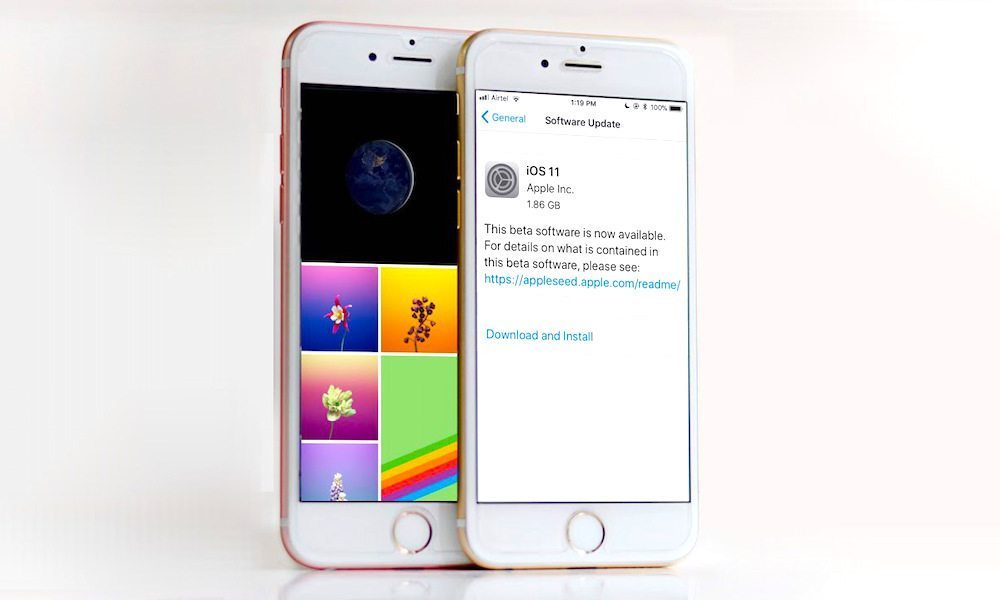 Credit: iOS Authority
Credit: iOS Authority
iOS 11 has officially been released to the public and it can be installed for free on compatible iOS devices. It is a major upgrade over iOS 10 and has been in beta for several months now. iOS 11 is filled with tons of amazing new features ranging from redesigned Control Center and App Store to a native screen recorder, new Files app, smarter Siri, and much more. If you plan on upgrading to iOS 11, then take time now to prep your device so you won't face unexpected issues. Press the right arrow to learn 7 tips to prepare your iPhone, iPad, and iPod touch for iOS 11.
See If Your Device Is Compatible
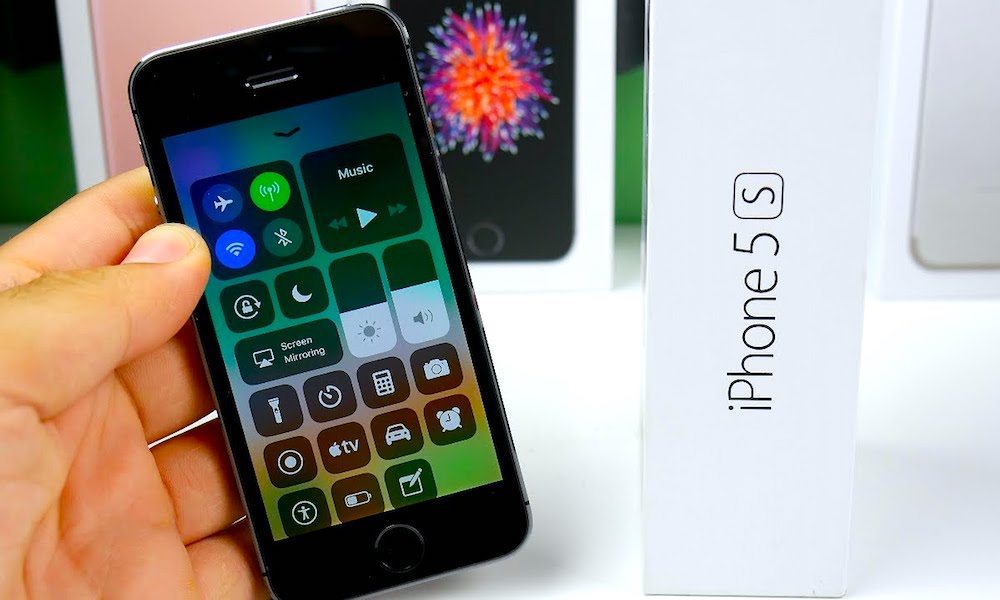
The first thing you have to do is to check whether your device is compatible with iOS 11 or not. The compatibility list is as follows:
iPhone:
- iPhone X
- iPhone 8
- iPhone 8 Plus
- iPhone 7
- iPhone 7 Plus
- iPhone 6s
- iPhone 6s Plus
- iPhone 6
- iPhone 6 Plus
- iPhone SE
- iPhone 5s
iPad:
- 12.9-inch iPad Pro 2nd generation
- 12.9-inch iPad Pro 1st generation
- 10.5-inch iPad Pro
- 9.7-inch iPad Pro
- iPad Air 2
- iPad Air
- iPad 5th generation
- iPad mini 4
- iPad mini 3
- iPad mini 2
iPod:
- iPod touch 6th generation
Press the Right Arrow to Continue
Backup Your iOS Device
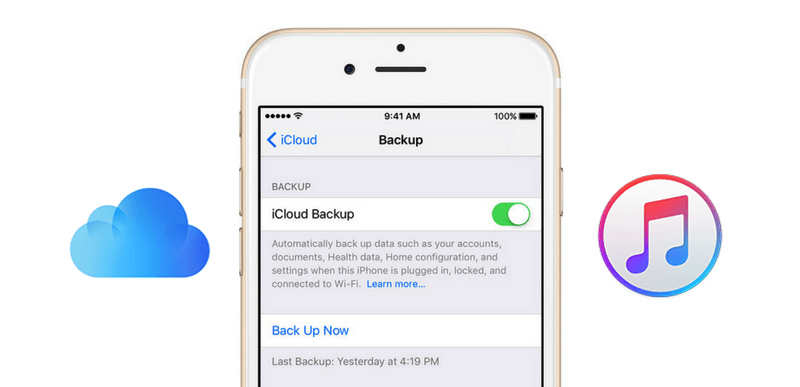
It is extremely important that you take a complete backup of your iOS device before upgrading to iOS 11. Things could go wrong during the upgrade process, so if this happens, you can safely restore your device and use the backup without losing any of your data. To backup your iOS device, you can use either iTunes or iCloud.
iTunes backup:
- Connect your iOS device to your computer and open iTunes.
- Click on the device icon in the top left corner of iTunes.
- Press the Backup Now button.
- Make sure to check the option to encrypt your backup. Doing so will save your private information like Health data.
iCloud Backup:
- Open the Settings app on your device.
- Tap on your name at the top of Settings, then tap on iCloud.
- Under the Apps Using iCloud section, scroll to the end of the list and press iCloud Backup.
- Toggle on iCloud Backup if you haven't done so, then press the Backup Now button.
Free Up Space
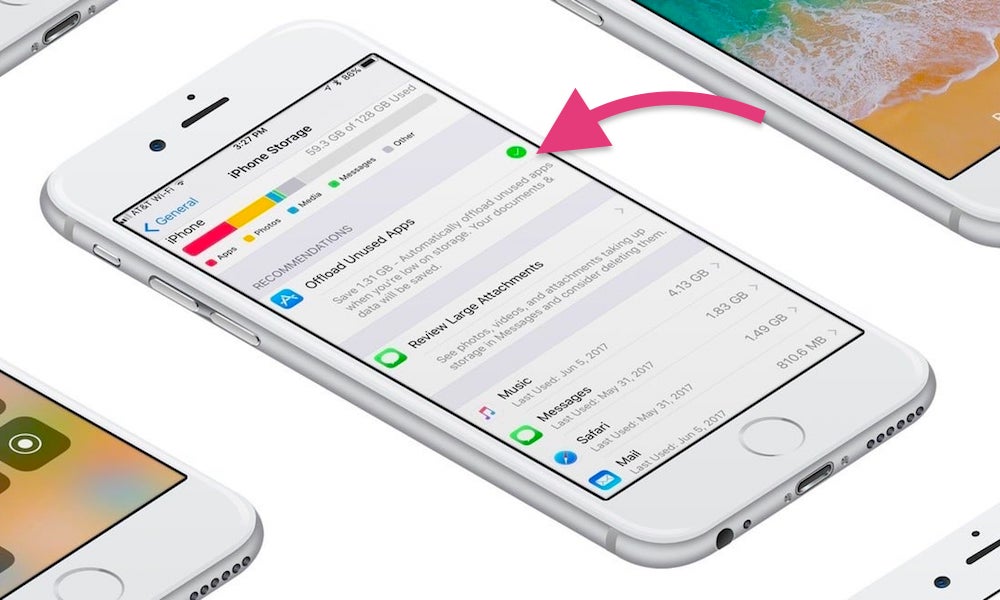
The iOS 11 update takes more than 2GB of space. If you don't have that much space left on your device, then you should remove unwanted media files, iMessages, and apps to save as much space as possible for the update. If you plan on deleting your photos and videos to free up space, then you can transfer the important ones to your computer before removing them from your device.
Remove 32-bit Apps
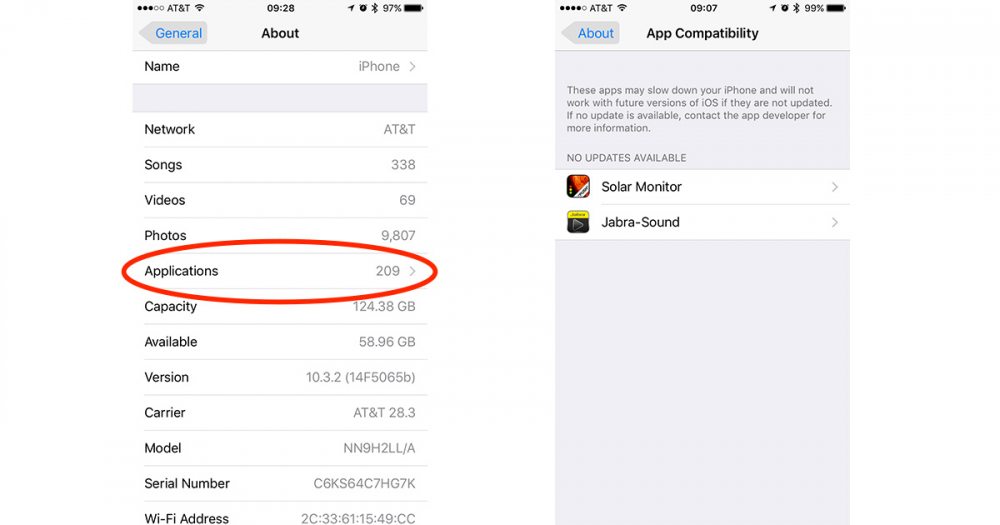
iOS 11 brings an end to 32-bit apps. If there are any apps on your iPhone that are 32-bit, then you won't be able to use them in iOS 11 since they are no longer supported. This shouldn't be much of an issue since most apps have already been updated for 64-bit devices.
You can easily identify the 32-bit apps installed on your device. Open the Settings app and go to General > About. Tap on Applications. Here you'll see a list of all the 32-bit apps that are installed on your device. If there's any update available for these apps, then go ahead and update them, then come back to this list to see if the app has been removed from the list or not. If there is no arrow or action when pressing "Applications" your apps are all up-to-date and require no further action.
Update All of Your Apps
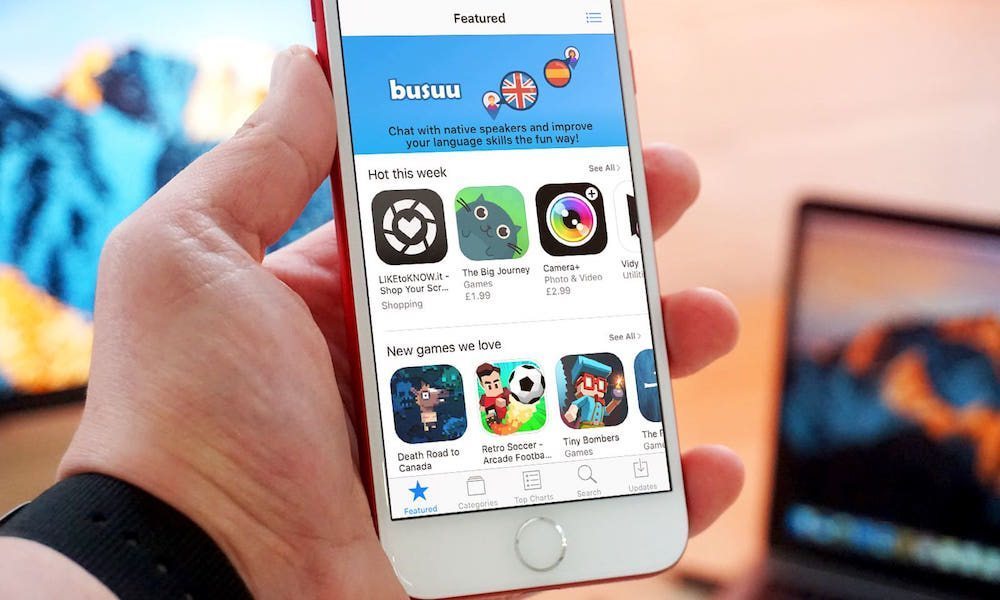
Ever since iOS 11 was announced, developers have been working hard to update their apps for iOS 11. Since we're just a few days away from the release of iOS 11, many apps should have an update available for the new firmware. Make sure that you update all your apps to avoid facing problems, such as crashes.
Ensure Your Device Has Enough Power
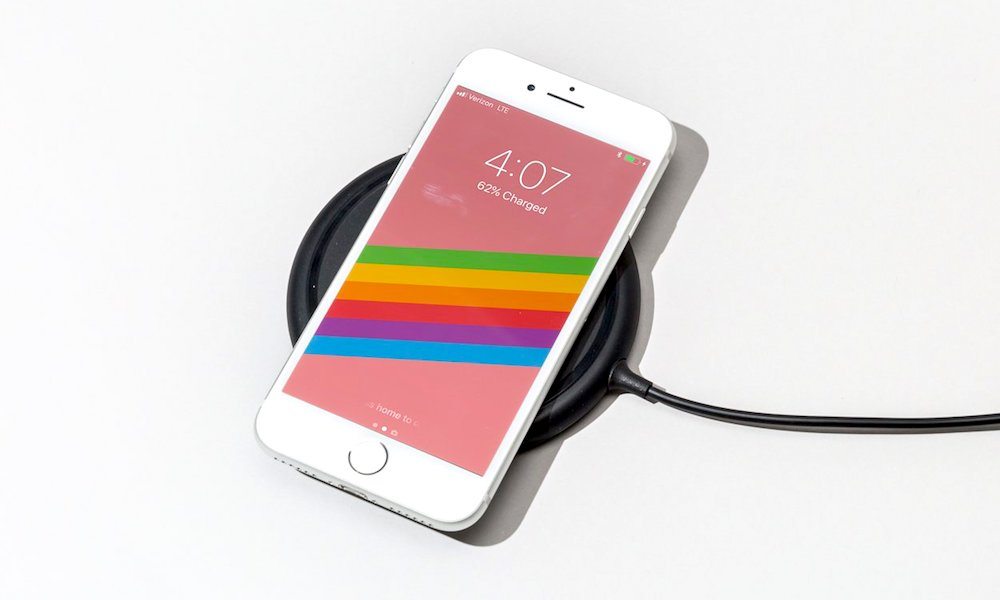
Before updating your iPhone, iPad, or iPod touch to iOS 11, ensure that your device is plugged in to a power source or has a full battery. The result of a dead battery during an update is never a good one - it's possible you could end up with a bricked device. To avoid this, make sure that your iPhone, iPad, or iPod touch is plugged in and charging before updating to iOS 11.
Install iOS 11
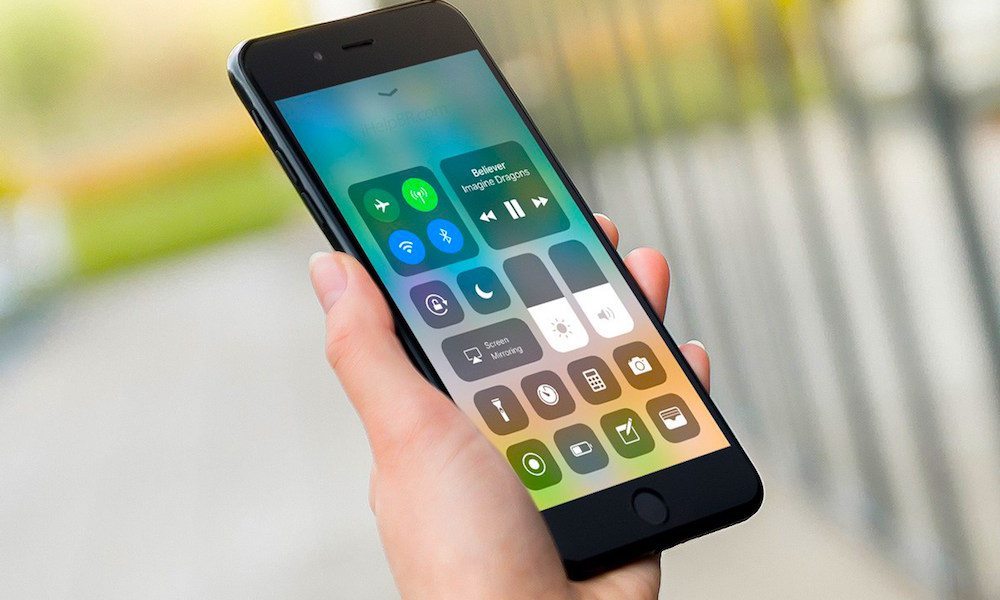
You can install iOS 11 either via iTunes or as an over-the-air update from Settings > General > Software Update. The iTunes method requires you to plug your iPhone into the computer and use iTunes to perform the update.
If you've jailbroken your device, then you should avoid the iOS 11 upgrade at all costs if you don't want to lose your jailbreak. However, if you plan on updating your jailbroken device to iOS 11, then you should perform a restore via iTunes and it will be upgraded to iOS 11. You cannot use the over-the-air software update or the iTunes update as it will cause your jailbreak device to brick.
